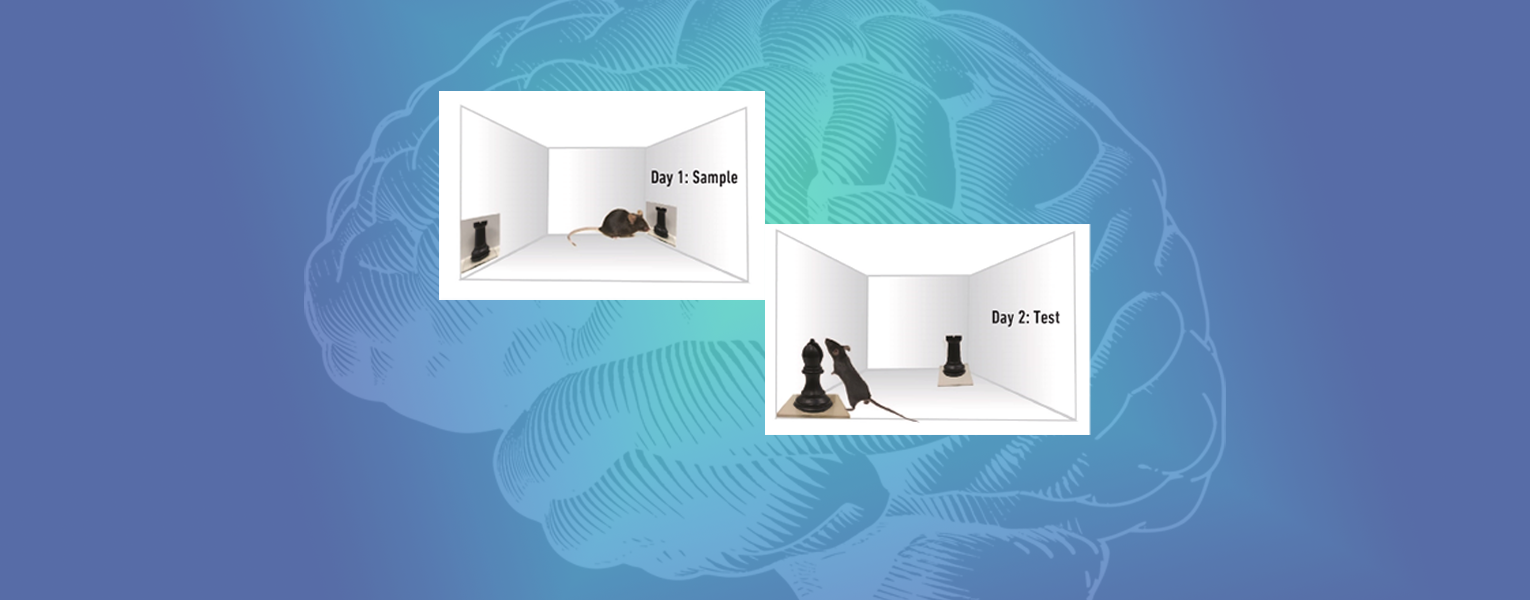8/11/2022
Mice and Memory
In a first-of-its-kind study, FAU researchers determined that mice can distinguish the difference between a 2D image of an object versus the physical object itself.
The ability to recognize a 3D object after viewing an image is primarily found in humans and is known as picture-to-object equivalence. For the study, published in the journal Scientific Reports, Robert W. Stackman Jr., Ph.D., dean in FAU’s Graduate College, and professor in the Charles E. Schmidt College of Science, allowed laboratory mice to view photographs of a novel object for 30 seconds. The next day the mice were presented with a 3D version of that same object as well as something new. Turns out, the mice wanted to explore the object they previously saw in the photograph. Results from the study reveal that mice use higher-order cognitive processes to correlate a 3D object with the 2D image.
For Stackman, who is also a member of FAU Institute for Human Health and Disease Intervention, FAU Stiles-Nicholson Brain Institute, FAU Jupiter Life Science Initiative, and the FAU Center for Complex Systems and Brain Sciences, the next step is to use the mice as a model to research visual perceptions and recognition.
If you would like more information, please contact us at dorcommunications@fau.edu.
